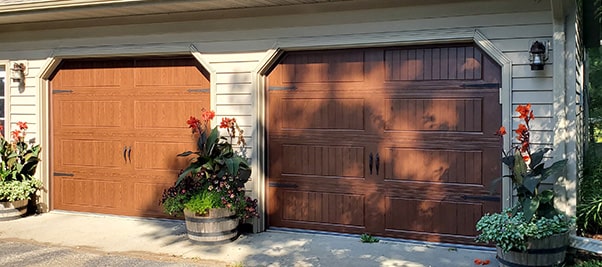
Wildlife control is not only about removal. It begins with close inspection to spot where animals enter and what damage they cause. Families can reduce risks when they choose a detailed inspection process. Anyone who wants safety and peace of mind can learn more about what professionals check during each visit.
Why An Inspection Matters First
Animals hide in places that are easy to overlook. Without a careful search, the signs may stay hidden until costly repairs are required. Inspection creates a clear map of problems and gives the best path for removal.
Exterior Areas To Check
Professionals walk around the outside before stepping indoors. They study roof edges, loose vents, siding gaps, and damaged chimneys. Overhanging trees or clutter near walls often provide climbing paths for animals. Small cracks in foundations also serve as hidden doors.
Interior Areas Often Overlooked
Attics, crawl spaces, and basements hold many clues. Chewed wires, stains, droppings, or shredded insulation reveal nesting. Strange odors and sounds at night confirm activity. Each of these details shapes the plan for safe removal.
Signs That Raise Concerns Quickly
Scratching in walls, tracks in dust, or nests of leaves show that animals are active. Even small pieces of evidence are important because they prove an ongoing problem rather than a passing visit.
Common Entry Points Discovered
Technicians focus on areas that animals use most. Roof vents, attic screens, and chimney gaps are common weak points. Windows left unsealed or doors with loose sweeps invite rodents. Repairing these spaces prevents return once removal is complete.

How Professionals Approach The Work
An inspection is structured step by step. They begin outside, mark possible access points, then confirm from inside. Tools such as lights, cameras, and ladders help them find damage in hard to see places. Every detail is logged to create a full report.
The Value For Homeowners
Inspections give families more than answers. They provide a clear path to protect health, lower repair costs, and keep future intrusions away. Acting early means less stress and stronger walls. For those seeking extra guidance, they can always learn more from reliable control services before making the next move.
FAQ Section
Q: How long does a full inspection take?
A: Most homes can be inspected in a single visit.
Q: Should I be present during the inspection?
A: It helps to join so you understand the findings.
Q: Do inspections include written reports?
A: Yes, most services give a summary with recommendations.







